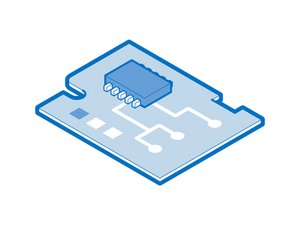Ryobi 40v reset/reprogram
I am trying to revive a next gen 6.0 AH and a 7.5 AH as someone mentioned before the pack will bleed if a under volt condition is met. This is true, it will bleed the pack through a parallel pair of 750 OHM resistors coming to around 375 ohms, you can see them in Rosrooster's picture. The PCB's and controllers on these units are identical with the 6.0 missing two of the FETs. The 30 leg is a Texas instruments BQ7693003, it's companion controller is unidentifiable but markings are (Top) 824j. (Middle) 92 04, (Bottom) 20511A. It must be TTI proprietary, but the condition I stand at is that I've desoldered the bleed down resistors and charged pack to 42v and as soon as I drop those resistors on it resumes bleeding down. Read through the 63 page datasheet file for the TI BQ76930 and it states it will remain clamped high on a discharge circuit until cleared by the host, batteries appears to have two serial wire debug ports. Both these 6.0 and 7.5 have these resistors and do the same thing. As soon as I begin sending voltage directly to the 40v pack the resistors on both begin to heat. I know my way around flashing a bios chip but this is a whole new level for me, this is like tampering with a brick of C4.

Es esta una buena pregunta?

